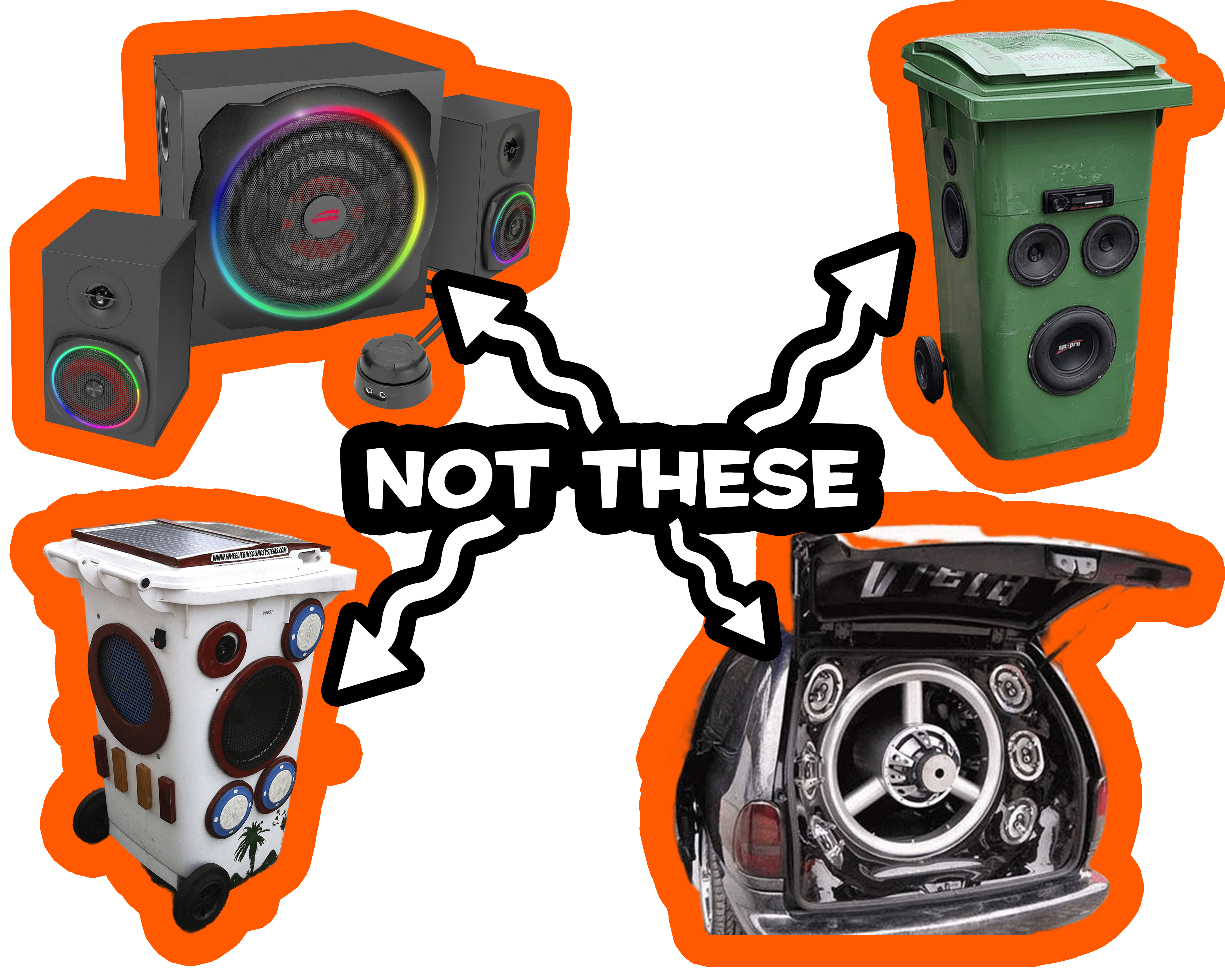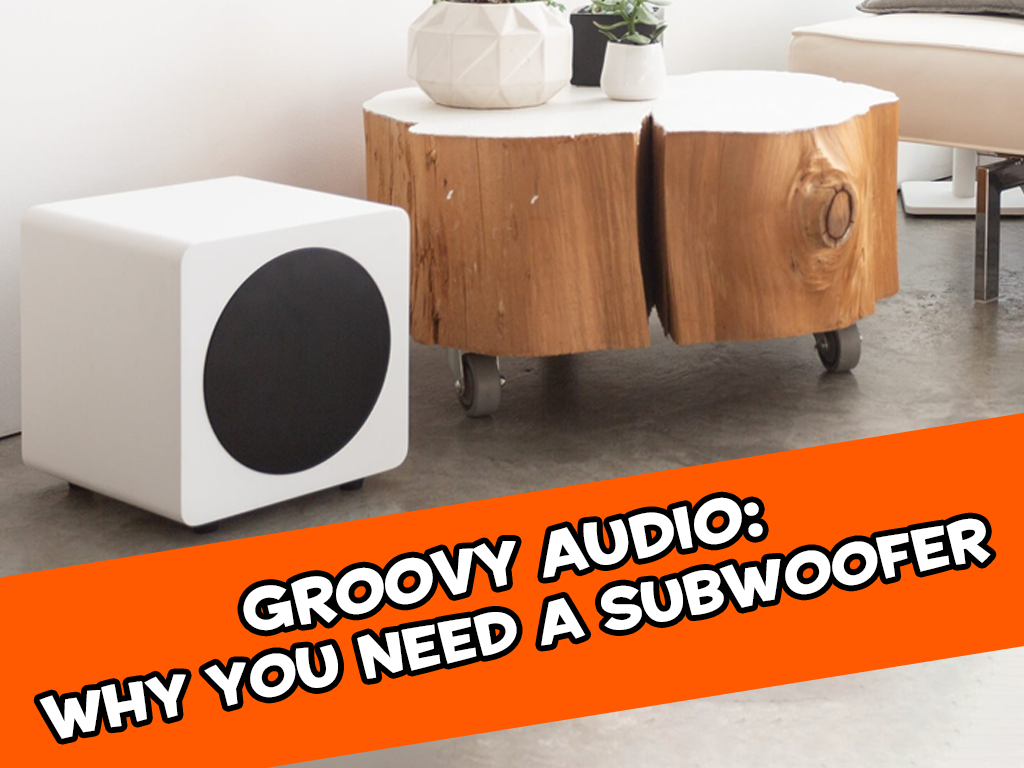So, you’re looking into a new Hifi setup, or maybe you already have a two channel stereo setup that's missing a bit of oomph, the obvious question has now arrived: do you need a subwoofer?
Subwoofers are an incredibly misunderstood piece of audio equipment a lot of people especially in NZ might immediately think of a beat up old car that someone has handily added a giant subwoofer to with some duct tape, number 8 wire and classic kiwi ingenuity (and probably some beers as liquid motivation). Or maybe you’re thinking of one of those JB Hi-Fi epic logitech computer speaker systems with the big box that goes under your desk and 100000 RGB lights. Or maybe if you’re unique you’re thinking of a bin that someone chucked a bunch of giant speakers into for a laugh.

At the end of the day all of these examples generally don’t sound that great, they are often too boomy with the bass drowning out all the rest of the music resulting in a distorted boomy mess that isn’t what most people would consider Hifi.
What we’re talking about today is Hifi Subwoofers, these are effectively a driver of the same quality that you’d find in your speakers but just blown up to a larger size. The effect of this increase in size is that they can reproduce far lower frequencies than your speakers can, thus when added to a pair of speakers the subwoofer can further extend the bass frequencies that your system can deliver. This means you are getting the full extent of the recording that the artist made and not missing out on any of the music making bass guitars, drums and even the lower end of electronic synthesizers come alive.
This sort of system is called a 2.1 system meaning two main speakers plus one subwoofer and it’s the best way to experience the stereo recordings in your record collection.
Now let's look at a couple examples of how a subwoofer can extend a two channel speaker system (note the graphs below are for demonstration and are not necessarily to scale):
Firstly we have the Kanto Yu6 speakers, these powered Bookshelf speakers have a large 5.25 inch driver meaning they already have full mids and can play notes down to 50Hz (though there will be a roll off as we get down to lower notes with the lower we go the less loud they are as the speakers reach their lower limits). However if we add the Kanto Sub8 into the mix we can reproduce tones as low as 35Hz plus the subwoofer goes up to 175Hz meaning it can fill in those spots where the Kanto Yu6 just doesn’t have enough oomph on its own to properly reproduce low end.

Because the Kanto Yu6 are powered speakers with a sub out port this means you can plug the Sub8 right in without any other gear. So plug a turntable into the built in phono port on the Kanto Yu6, plug in the Sub8 and you’re ready to enjoy all that your record collection has to offer!
To purchase a Kanto Sub8 Click Here
To purchase some Kanto Yu6 speakers Click Here
Now let's look at some passive speakers (these will require an external amplifier, plus to add a sub make sure the amplifier has a sub out)
The Q Acoustic 3020i are a fantastic pair of British bookshelf speakers and their 5” decoupled impregnated coated paper speaker cones give full impactful mids however as we can see below they can only reproduce tones down to 64Hz and again as we get into this lower range the volume will drop as the speakers reach their lower limits. The solution once again is easy if we add in the Q Acoustic 3060s subwoofer; our system is able to reproduce notes as low as 35Hz as well as filling out the lower mids and upper bass notes of the 3020i bookshelf speakers.

Hooking up this subwoofer is also super simple, just check that your amplifier has a subwoofer out and then with one cable you’re ready to go!
To purchase a Q Acoustics 3060s subwoofer Click Here
To purchase some Q Acoustics 3020i speakers Click Here
If you need any more advice about subs or anything else audio related flick us an email at [email protected] or a call at 0800 GROOVY and someone from our audio team will be happy to help!
